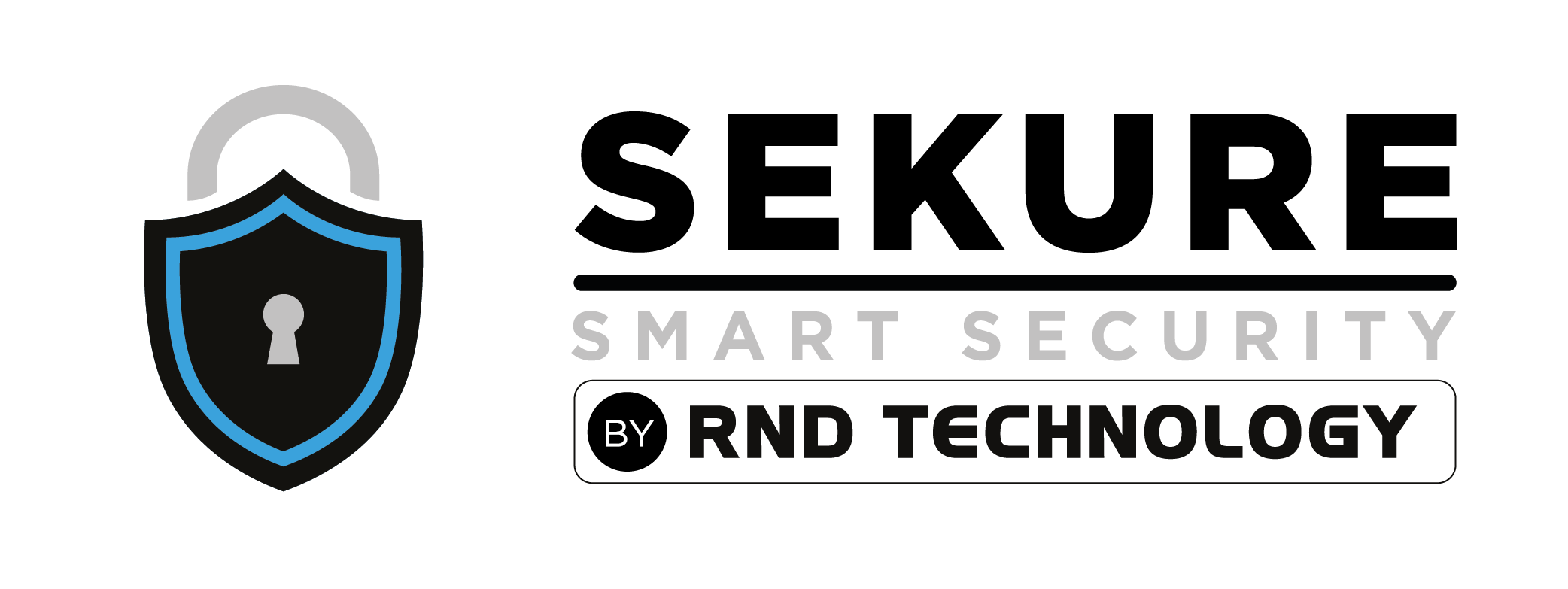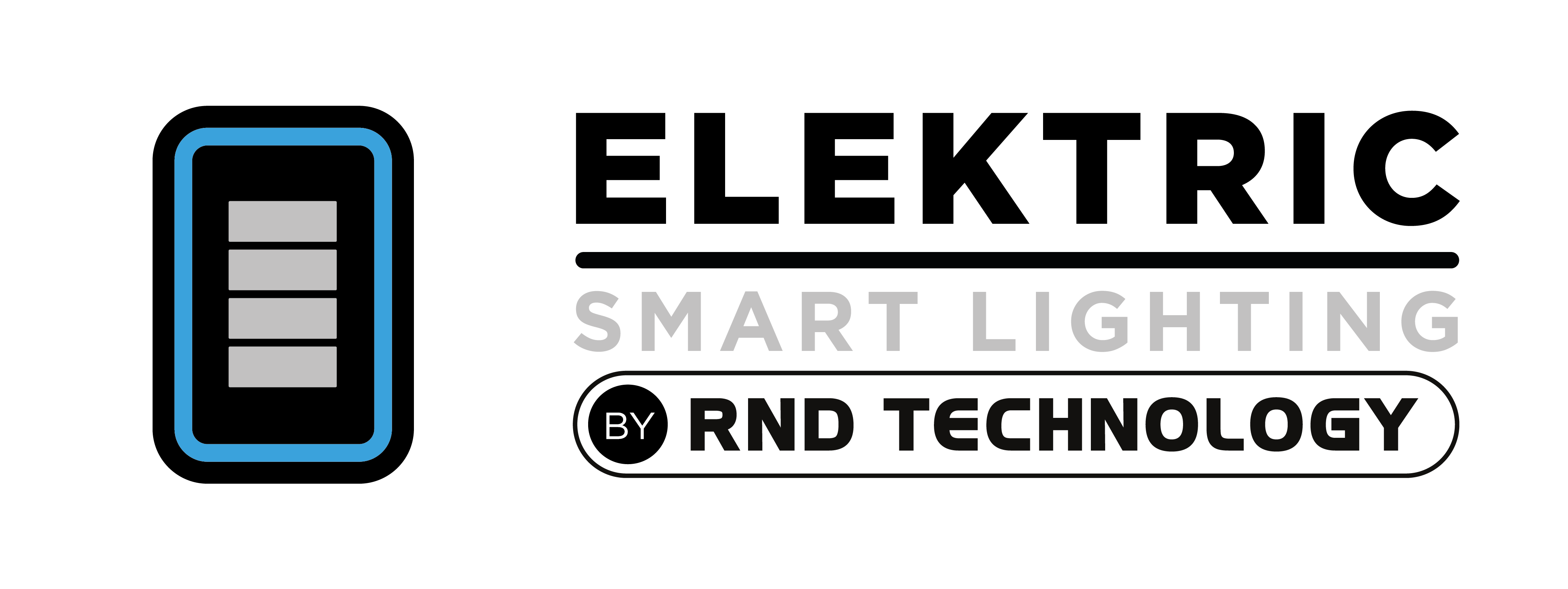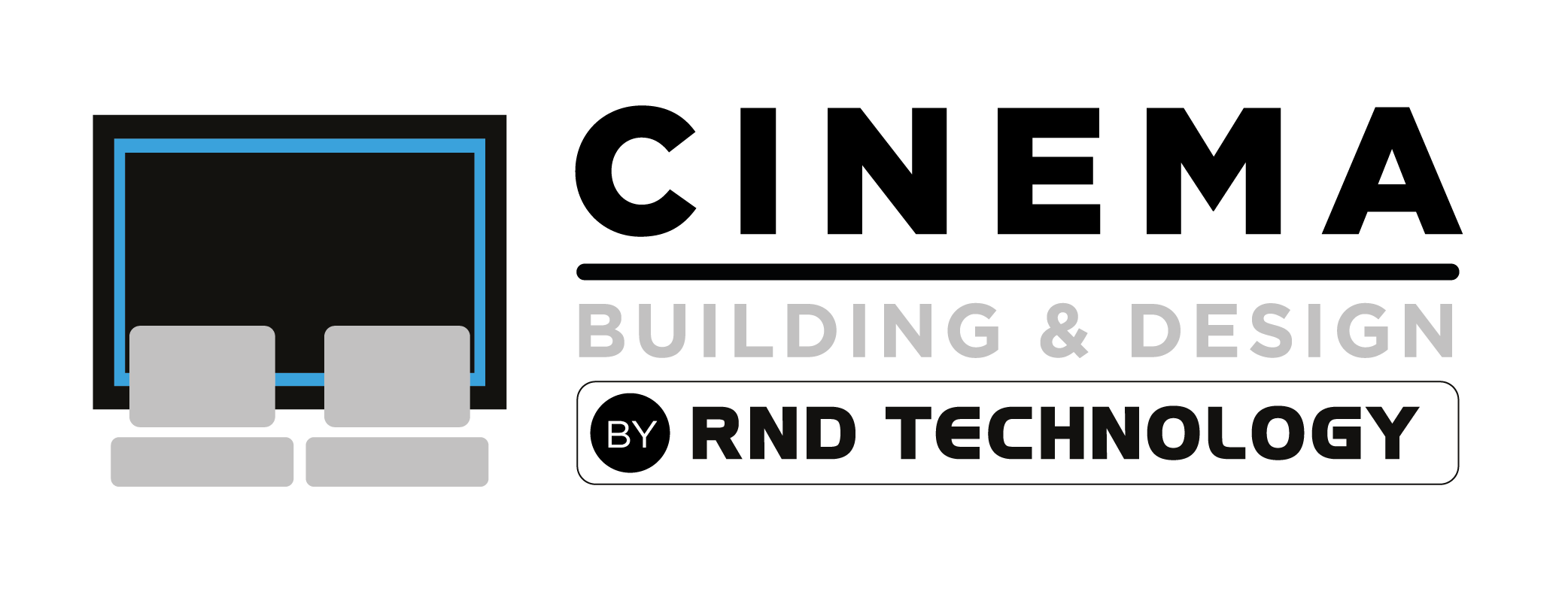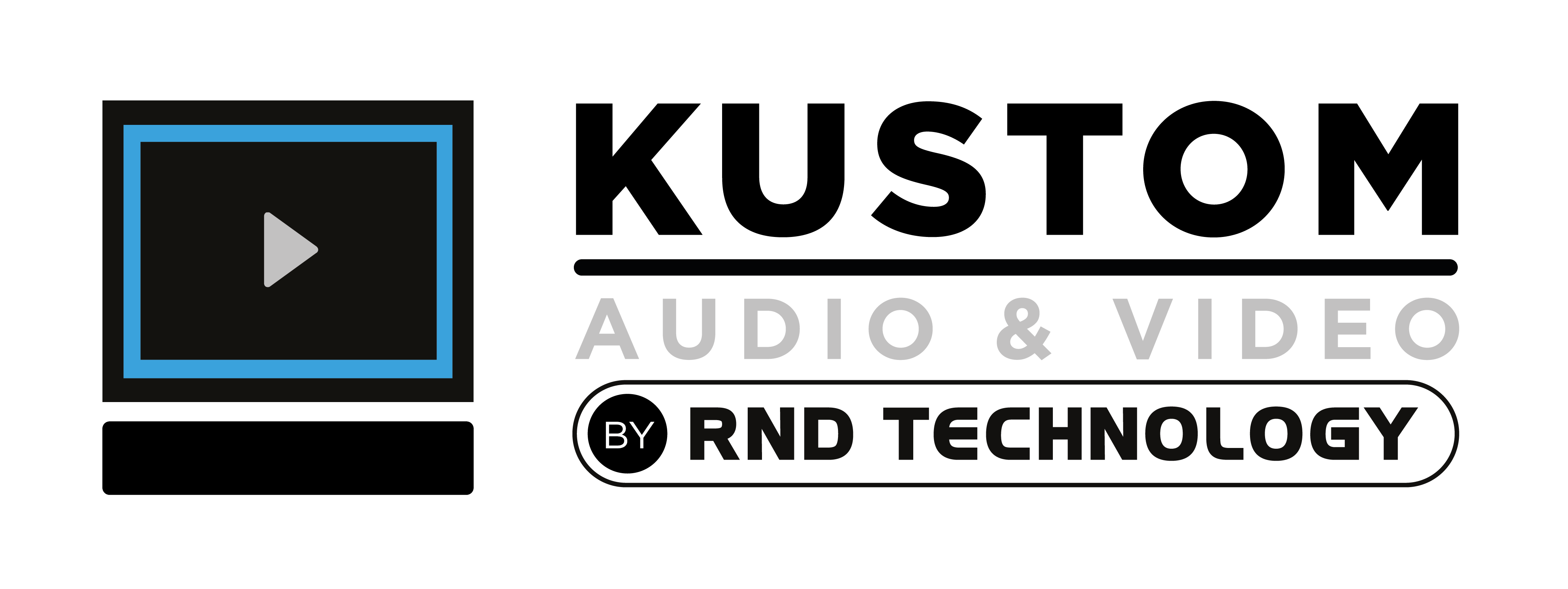Home automation has revolutionized the way we interact with our living spaces. Connected homes are already a reality for many, from smart thermostats and voice-controlled lights to advanced security systems. However, as technology continues to evolve, the future of home automation promises even greater convenience, personalization, and sustainability. In this blog post, we’ll explore what lies ahead for the future of home automation and how these innovations will shape how we live.
1. AI-Driven Homes and The Future of Home Automation: Intelligence Meets Automation
Artificial intelligence (AI) will play a critical role in the future of home automation. AI will allow homes to respond to commands and anticipate needs based on learned behavior and preferences. Picture a house that knows your routine and automatically adjusts the thermostat, lighting, and music based on your preferences—without you having to lift a finger.
Key AI advancements in home automation include:
- Predictive Automation: Homes will learn your habits over time and suggest or automatically implement actions, such as turning off lights when rooms are unoccupied, adjusting heating based on your schedule, and even preheating the oven when you’re on your way home.
- Personalization: AI will customize settings for each household member, including individual temperature preferences, favorite playlists, or lighting schemes.
- Advanced Voice Recognition: Voice assistants like Alexa, Google Assistant, and Siri will become more intuitive, understanding complex commands and recognizing different voices to personalize responses.
2. Interconnected Smart Devices and The Future of Home Automation: The Seamless Ecosystem
As technology progresses, the number of connected devices in homes will increase. Interoperability will be the key to future automation systems, allowing smart devices from different manufacturers to communicate seamlessly.
What does this look like?
- Unified Control Systems: Instead of juggling multiple apps to control various devices (lights, thermostats, security cameras, etc.), the future will see fully integrated ecosystems where all devices work under a single, user-friendly interface.
- Cross-Device Communication: Smart appliances, lighting, entertainment systems, and even connected cars will talk to each other to create a truly seamless experience. Imagine your car telling your home to prepare for your arrival by opening the garage, turning on the lights, and starting your favorite playlist.
- Energy Efficiency Integration: Smart devices will communicate to optimize energy usage, automatically reducing power consumption by turning off non-essential devices when not in use, adjusting to off-peak hours for energy savings, and integrating with renewable energy sources like solar panels.
3. Enhanced Security Systems and the Future of Home Automation: Smarter and More Secure Homes
As homes become more connected, security remains a priority. In the future, home security systems will become even more sophisticated, offering enhanced features that protect your home from physical threats and cybersecurity risks.
Future trends in home security:
- Facial Recognition: Smart security cameras will be able to distinguish between household members, frequent visitors, and potential intruders, sending you detailed alerts based on facial recognition technology.
- AI-Driven Monitoring: AI will detect unusual behavior, such as an unauthorized person lurking near your property or a break-in attempt, and notify you immediately.
- Cybersecurity Protection: As home automation systems become more interconnected, they will also become more vulnerable to hacking. Future home automation will incorporate robust cybersecurity protocols to protect sensitive data, ensuring your home’s network and devices remain secure.
4. Sustainability and Green Automation
With increasing awareness of environmental issues, home automation systems of the future will focus heavily on sustainability and energy efficiency. Automation technology will play a critical role in reducing carbon footprints and minimizing energy consumption in everyday life.
Expect to see:
- Smart Energy Management Systems: These systems will monitor and regulate energy usage across the home, optimizing power consumption based on real-time data. Your home will know when to switch to renewable energy sources (like solar power) and reduce energy use during peak demand times.
- Water Conservation: Smart irrigation systems automatically adjust water usage based on weather forecasts and soil moisture levels, helping you maintain a healthy garden while conserving water.
- Waste Reduction: Automation systems will track and manage waste, allowing for more efficient recycling and composting practices in smart homes.
5. Health-Centric Smart Homes
The future of home automation will emphasize health and well-being, integrating various health-monitoring systems directly into the home environment.
Features to expect:
- Air Quality Monitors: Future homes will have advanced sensors that monitor indoor air quality and automatically adjust ventilation or air purifiers to keep the air clean and safe.
- Smart Sleep Systems: Connected bedroom devices like smart mattresses, lighting, and thermostats will work together to create the ideal sleep environment, improving sleep quality and promoting better health.
- Health Tracking Integration: Wearable devices and smart home systems will communicate, tracking your health metrics (such as heart rate, activity levels, or blood pressure) and adjusting your home’s environment accordingly—like dimming lights in the evening to promote relaxation or adjusting the temperature to support sleep.
6. The Role of 5G in Home Automation
The rollout of 5G technology is set to revolutionize home automation by enabling faster communication between smart devices, lower latency, and greater bandwidth. This will make real-time control of automated systems smoother and more responsive.
Benefits of 5G in home automation include:
- Faster Data Transfer: Smart devices can send and receive data faster, making systems like video doorbells, security cameras, and smart speakers more efficient.
- Improved Device Connectivity: Homes will support a growing number of devices without lag or interference, creating a more reliable smart home ecosystem.
- Enhanced Remote Control: 5G will improve the responsiveness of remote control features, ensuring that users can control devices from anywhere in the world with minimal delay.
7. Augmented Reality (AR) and Virtual Reality (VR) in Home Automation
As AR and VR technologies advance, they will increasingly be integrated into home automation systems, creating new opportunities for immersive and interactive experiences.
AR and VR applications in home automation:
- Virtual Home Control Panels: Homeowners will be able to use VR headsets or AR-enabled devices to visualize and control their home automation systems in a 3D space.
- AR-Enhanced Maintenance: Augmented reality can guide homeowners through troubleshooting or maintaining their home automation systems, overlaying instructions, and diagnostics directly onto their real-world environment.
Conclusion: A Future of Infinite Possibilities
The future of home automation holds incredible potential to transform our daily lives, making our homes more intelligent, efficient, and tailored to our needs. With the continued advancement of AI, interconnected devices, enhanced security, and sustainability features, home automation will make life more convenient and contribute to a more comfortable, safe, and eco-friendly living environment.
The possibilities are endless as we move into the next era of smart home technology. Stay ahead of the curve and embrace the future with RND Technology, your trusted partner in smart home automation. To explore and keep up to date with recent updates subscribe to The Control 4 Magazine







